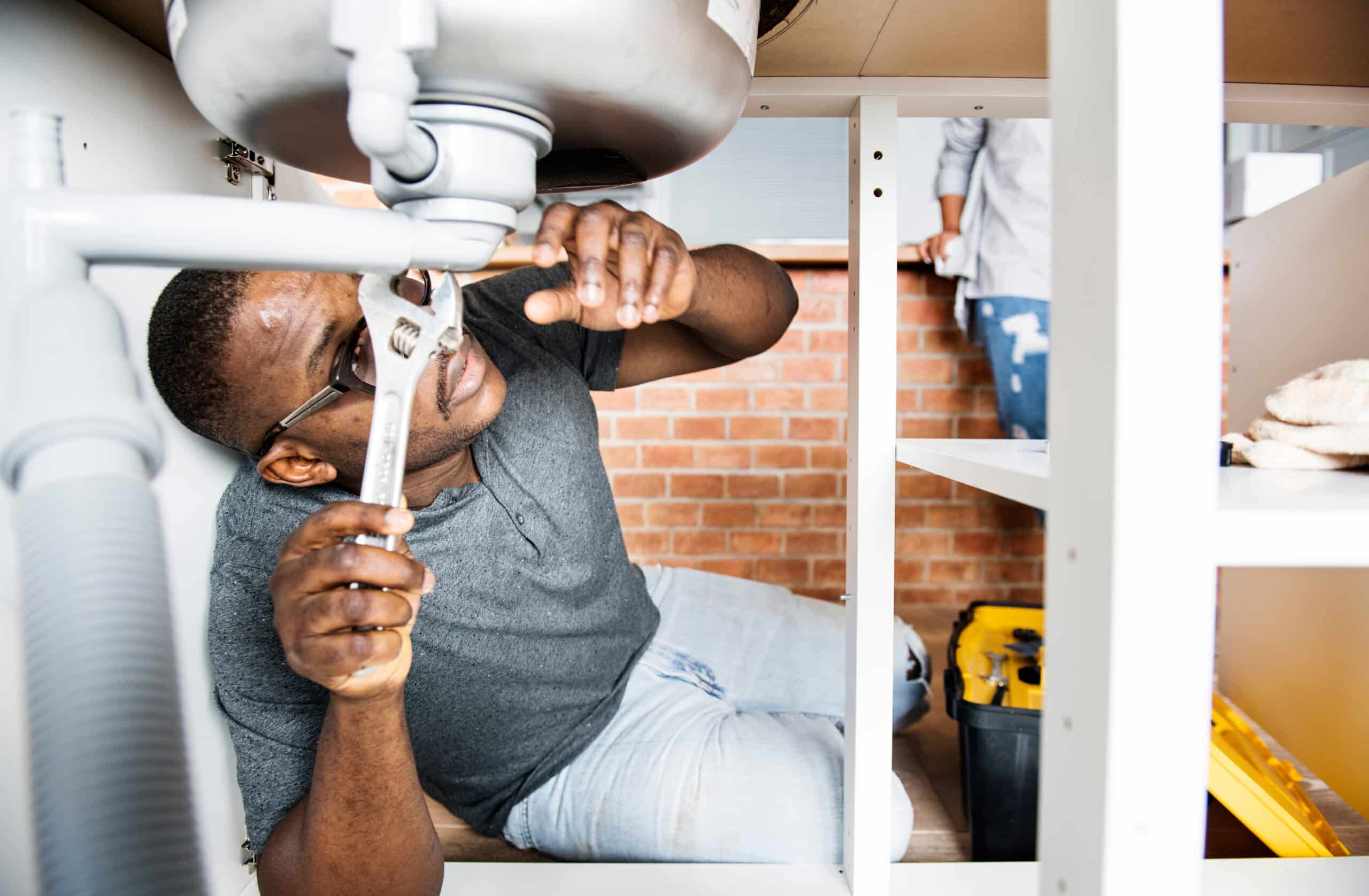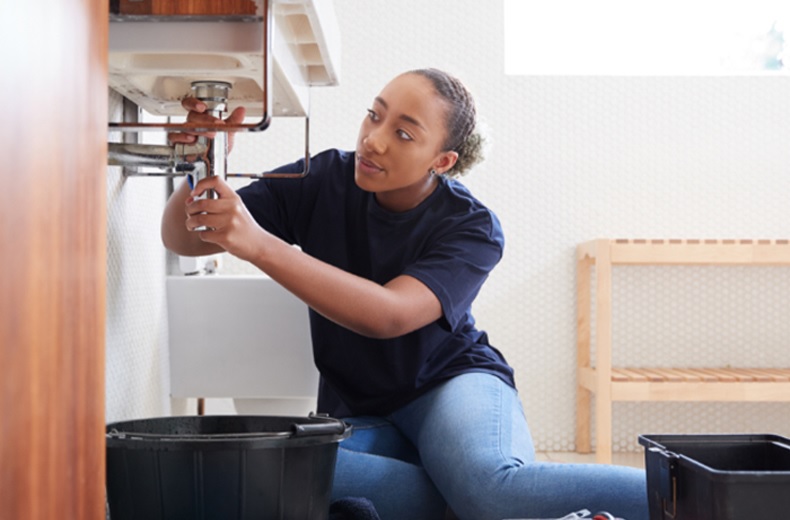Professional Water Heater Installation Alabaster AL You Can Trust
Professional Water Heater Installation Alabaster AL You Can Trust
Blog Article
A Step-by-Step Guide to Reliable Hot Water Heater Setup for Optimal Efficiency
Getting started on the job of installing a water heating system is a venture that requires accuracy and a methodical strategy for accomplishing ideal efficiency. As you proceed, the ins and outs of connecting water supply lines and establishing up trusted electrical or gas connections wait for, promising understandings into making sure effectiveness and dependability.
Picking the Right Water Heater

Following, take into consideration the size and capacity of the hot water heater. It's crucial to analyze your household's hot water requirements, which can vary based on the variety of owners and their use patterns. A device that's also small may lead to insufficient hot water, while a large design may lead to unnecessary energy usage.
Effectiveness scores likewise play an essential function in choice. Seek hot water heater with high Power Variable (EF) rankings, showing superior efficiency and reduced power use. Tankless versions, though commonly more pricey upfront, deal significant power financial savings with time because of their on-demand heating abilities.
Preparing the Setup Area
Before installing a brand-new water heating system, careful prep work of the installation area is essential. This makes certain a smooth installment procedure and assists avoid future problems (Plumber Alabaster AL). Begin by picking a proper place that abides by neighborhood building ordinance and safety standards. The location must be dry, well-ventilated, and easily accessible for upkeep. It's critical to gauge the area thoroughly to accommodate the water heating system's measurements, making certain ample clearance around the system for efficient operation and maintenance.
Check the floor for stability, as the water heater will require a strong, degree surface area to run properly. If essential, mount a drip frying pan under the device to capture possible leaks or spills, avoiding water damage to the surrounding area.
Additionally, ensure that all necessary devices and products are on hand before commencing the installment. This consists of products such as wrenches, screwdrivers, a degree, and any type of additional equipment needed for safeguarding the heating unit and installing. A well-prepared installation area establishes the foundation for a successful water heating system configuration, enhancing performance and safety and security.
Connecting Supply Of Water Lines
When connecting water supply lines to your freshly set up water heating unit, it is crucial to guarantee that all links are secure and leak-free to keep reliable procedure and stop water damage. Begin by determining the cold and hot supply of water lines. The chilly water inlet is generally noted with a blue tag or a "C", while the hot water outlet is noted with a red label or an "H".
Use adaptable water heater ports to facilitate a much easier installment process. Prior to connecting the ports, position a plumber's tape around the threaded ends of the water heating unit's inlet and find more information electrical outlet pipelines.
As soon as links are in place, gradually switch on the main water system shutoff. Inspect each connection for leaks by visually inspecting and really feeling for wetness. Tighten links as required, and guarantee the stress relief shutoff is correctly installed, securing versus extreme pressure build-up.
Setting Up Electric or Gas Connections
Appropriately establishing the electrical or gas links for your hot water heater is an important step to guarantee efficient and secure procedure. For electric hot water heater, begin by validating that the electric circuit is compatible with the heater's voltage and amperage requirements. Make certain the power supply is transformed off at the circuit that site breaker to stop accidents. Connect the electric wires to the heater adhering to the maker's electrical wiring diagram. Typically, this entails linking the ground wire to the environment-friendly terminal, and the continuing to be cables to their corresponding terminals, safeguarding each with cable nuts.
For gas water heating systems, security is extremely important. Connect the gas line to the water heating unit making use of a flexible gas port, guaranteeing it is effectively threaded and sealed with pipe joint substance or Teflon tape ideal for gas connections.
As soon as links are made, examine for any type of possible leaks. For gas lines, use a soapy water remedy to the joints; bubbles indicate a leakage. For electric connections, ascertain that all electrical wiring is secure and effectively protected, maintaining conformity with neighborhood electric codes.
Adjusting and testing for Effectiveness
With the electric and gas links firmly in location, the following action is examining the functional effectiveness of your water heating system. Begin by thoroughly turning on the water supply and ensuring there are no leaks at any of the joints or shutoffs.
Next, perform a detailed assessment to make sure the burner or gas burners are functioning appropriately. For electric heaters, make use of a multimeter to validate if the aspects are drawing the appropriate present. In gas models, observe the burner flame; it needs to be stable and blue, showing reliable combustion.
Adjust the settings as needed to eliminate ineffectiveness. Consider executing insulation procedures, such as adding a water heater covering, to additionally enhance efficiency by decreasing heat loss. Furthermore, inspect the anode pole's condition, as a deteriorated pole can lower effectiveness and bring about storage tank corrosion.
Verdict
Effective water heating system installment is crucial for guaranteeing ideal performance and energy cost savings. Firmly attaching water supply lines and meticulously establishing up electric or gas links decrease possible concerns.

Appropriately establishing up the electric or gas links for your water heating system is an essential step to guarantee risk-free and effective procedure. For electrical water heating systems, start by validating that the electric circuit is suitable with the heating unit's voltage and amperage demands. Link the gas line to the water heating unit utilizing a versatile gas port, guaranteeing it is appropriately threaded and sealed with pipe joint compound or Teflon tape suitable for gas connections.
Report this page